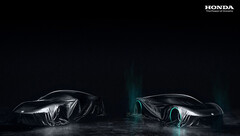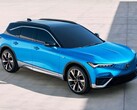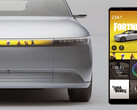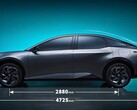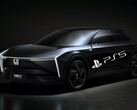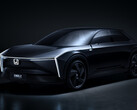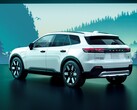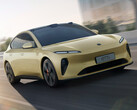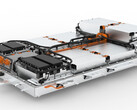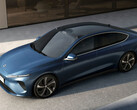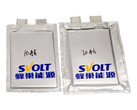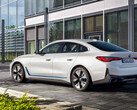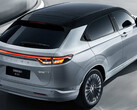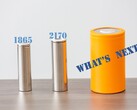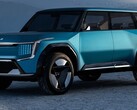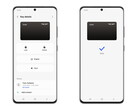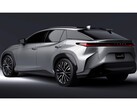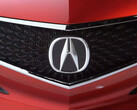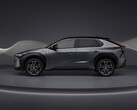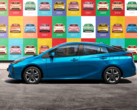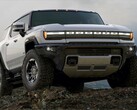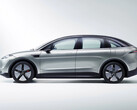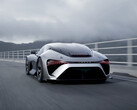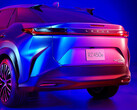After most every other major North American, European, or Asian carmaker announced their electrification plans, it's time for the last holdout Honda to lay out its US$40 billion E-mobility 2030 strategy. It won't be an easy transition for the maker of one of the peppiest and most reliable internal combustion engines around, but Honda eased into an EV partnership with GM over its Ultium platform that will result in the first electric Acura. It is also aiming to develop that sub-US$30,000 unicorn category of electric cars that Tesla has put on the backburner as it has its hands full with a yet-unreleased Cybertruck or Roadster 2 models.
Here are the summarized details of Honda's 2030 portfolio electrification strategy:
- Honda will strive to transform its business portfolio by shifting focus from non-recurring hardware (product) sales business to recurring business in which Honda continues to offer various services and value to its customers after the sale through Honda products that combine hardware and software.
- Over the next 10 years, Honda will allocate approximately 5 trillion yen in the area of electrification and software technologies to further accelerate its electrification, including both R&D expenses and separate investments. Honda's overall R&D expenses budgeted for this period will be approximately 8 trillion yen. Honda is planning to launch 30 EV models globally by 2030 with production volume of more than 2 million units annually.
- Honda will build a demonstration line for the production of all-solid-state batteries with an investment of approximately 43 billion yen and further accelerate the research with a goal to start demonstration production in Spring 2024.
Of note are the numbers 5 trillion yen (about US$39.7 billion) in direct electric car outlays as well as the 8 trillion yen (about US$64 billion) in total R&D investment over the next decade. Just like Toyota or VW, Honda is planning to jump from current battery technologies to the solid-state battery stage with more than a US$340 million outlay, aiming to have a production batch in the next two years.
That's a pretty ambitious goal given that the largest EV battery maker CATL is pretty skeptical of any timeline for mass solid-state battery production that falls earlier than 2030. This is the year that most legacy carmakers have pinned as the watershed moment for the full electrification of their rosters, and Honda ceased to be the last holdout here, aiming to have 30 EV models by then with two million units in annual production volume.




